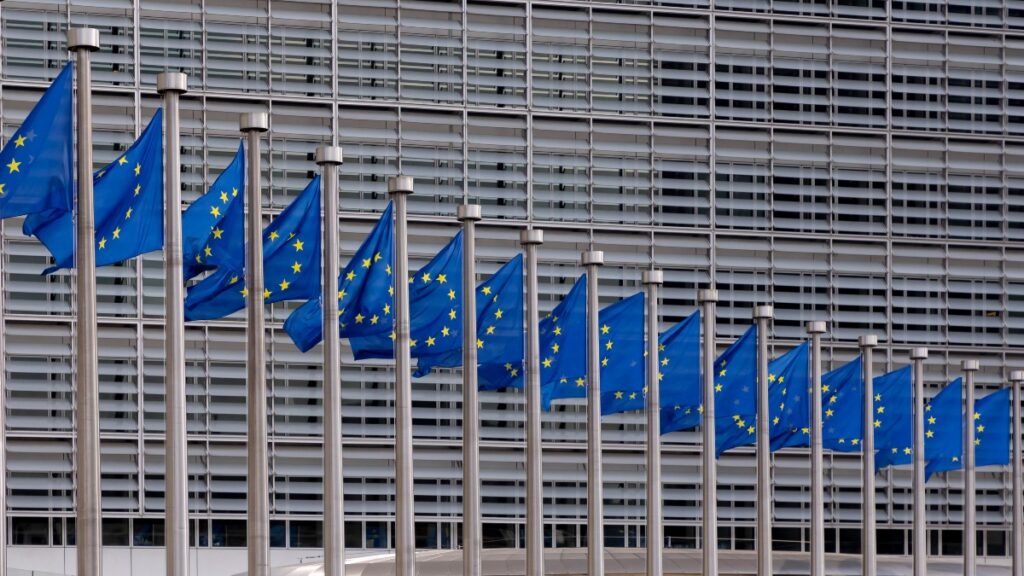The Spanish economy recovered from the pandemic in 2022. Two years after the hard blow of confinement, the Gross Domestic Product (GDP) returned to what it was, the levels it had in 2019, and is now around 2.5% per year. on. However, if the country's wealth is divided among its inhabitants, GDP per capita in Spain has evolved much more slowly and it was not until 2023 when it returned to the starting pointaccording to data published this Tuesday by Eurostat.
The low employment and productivity rates prevent Spaniards from prospering economically, with a notable difference compared to the progress experienced in the rest of the Union. This disadvantage, suffered in Spain for decades, worsened with the pandemic, which suffered a gap with the European average of 17 points. At the moment Spain's GDP per capita is 11% below the European average, while in 2019 the gap was 9%.
The Bank of Spain (BdE) has warned of this: the pandemic has created a new gap with respect to the EU that adds to the one that already existed. In fact, the banking supervisor foresees that this gap is maintained throughout the projection horizon, which covers most of the current legislatureuntil 2026. In other words, in 2026 Spain will continue to suffer a larger gap than it had in 2019.
A very important part of the growth of the Spanish economy in recent years has been due to the increase in population, without significant improvements in productivity. If the trend continues, real GDP will continue to grow and will remain at levels similar to those of the Eurozone, but per capita income will grow modestly, in line with the Eurozone, which will be insufficient to close the gap. negative differential generated by the pandemic.
Luxembourg and Ireland had the highest levels of GDP per capita (140% and 112% above the EU average, respectively), well ahead of the Netherlands (30% above the EU average), Denmark (+28%) and Austria (+23%). In contrast, Bulgaria recorded the lowest GDP per capita, 36% below the EU average, followed by Greece (-33%) and Latvia (-29%).
GDP per capita puts EU fund auditors on alert
The slow recovery of Spanish GDP per capita was focused on by the consortium of consulting firms and research institutes to which the European Commission commissioned a kind of external and independent 'audit' of EU funds, the first since the mechanism was launched. recovery rate (MRR). ECORYS, CEPS, CSIL, NIESR and Wavestone prepared a report that served as a basis for the Directorate General of Economic and Financial Affairs of the European Commission for its first evaluation of the program.
In the report, consulted by this newspaper, they pointed out that Spain's GDP per capita was still 1.1% below 2019 at the end of 2022, after more than a year of investments and reforms with the funds. It was the only country that had not managed to recover pre-covid levels or was close to doing so (with the exception of France, which was already only two tenths below its pre-covid level). According to new data from Eurostat, both countries will recover that level in 2023.
Following the evolution of the last year, Germany, the Czech Republic, Luxembourg and Estonia have regressed and their GDP per capita is once again 1% below the pre-covid level. Austria is also 2% below its pre-pandemic reference. On the contrary, the growth of Ireland (21%), Bulgaria (18%) and Poland (12%) stands out, as well as that of Greece (8%) and Portugal (6%), although they are still far from the level of GDP per EU average capita. Regarding 2019, EU GDP per capita has increased by 3% on average.












